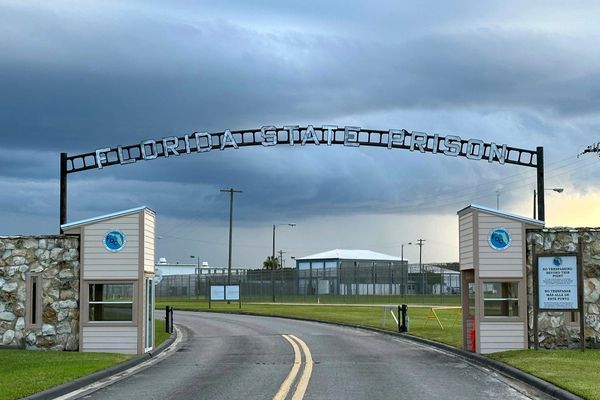
Following the tragic sinking of the Titanic on April 15, 1912, efforts were made to recover the wreckage and the bodies of the victims. However, due to limited diving technology at the time, these attempts were unsuccessful for over seven decades.
It wasn't until September 1, 1985, that the wreckage of the Titanic was finally discovered. The discovery was made during a joint exploration by an American oceanographer and Navy officer, along with a French oceanographer. Interestingly, the dive that led to the Titanic's discovery was initially a secret mission to locate two nuclear submarines, the USS Scorpion and the USS Thresher.
The true nature of the mission was only revealed in 2008 when it was disclosed that the Navy had funded the project to investigate the sunken submarines. The USS Thresher sank in April 1963, followed by the USS Scorpion in May 1968, making them the only nuclear submarines the Navy has ever lost.
During the mission, the Navy allowed the oceanographer to search for the Titanic if time permitted after locating the submarines. With just 12 days remaining in the mission, the Titanic was found based on a hunch that the ship had split in two, leaving a trail of debris.
Despite the Navy's initial apprehension about the publicity surrounding the Titanic's discovery, the oceanographer successfully located the ship. The revelation of the true nature of the mission came 23 years later, shedding light on the sequence of events leading to the historic discovery.
The oceanographer's experience in finding the Titanic was documented in the book 'The Discovery of the Titanic,' where he reflected on the eerie feeling of being at the site of the sunken ship.
Overall, the discovery of the Titanic in 1985 marked a significant moment in maritime history, uncovering a piece of the past that had remained hidden for over seven decades.







